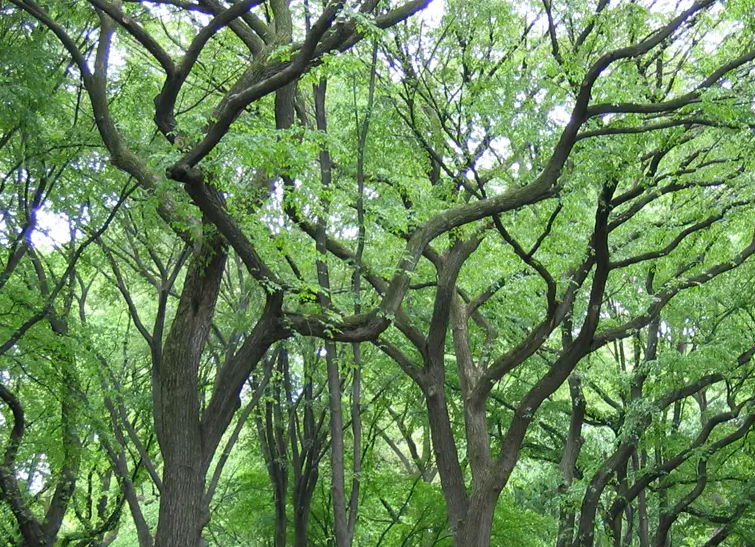Bismarck, N.D. – According to Doug Wiles, this effort is critical in the battle to save Bismarck’s elm trees from devastating losses to Dutch elm disease.
Bismarck’s Dutch elm disease prevention program has been successful in large part due to the elimination of habitat that this disease vector uses to make it through our harsh winters.
The insulating effect of a firewood pile allows many insects to survive in our frigid environment.
Elm bark beetles use elm wood with tightly attached bark for protection from the extreme fluctuations of temperature that can kill many insects.
By eliminating elm wood before spring, the over wintering beetles are destroyed and prevented from emerging in the steadily warming temperatures.
City arborists will begin combing the city, looking for firewood piles that might contain elm wood.
If elm wood is found, it will be marked with orange paint to aid the homeowner in the identification process.
Wood owners will be asked to debark, burn or dispose of the over wintering elm wood habitat within ten days of notification.


